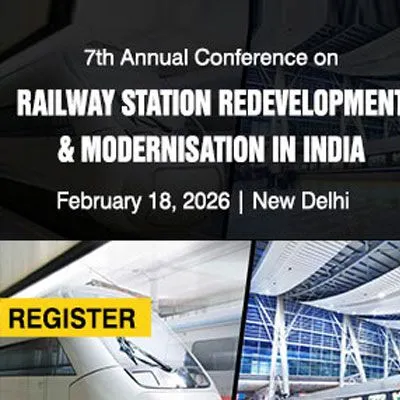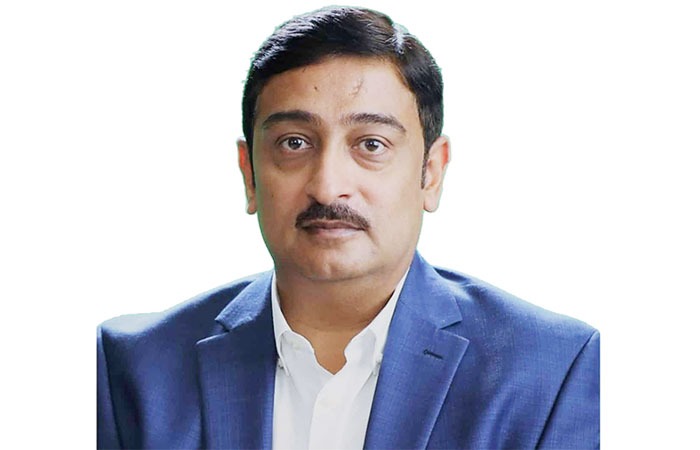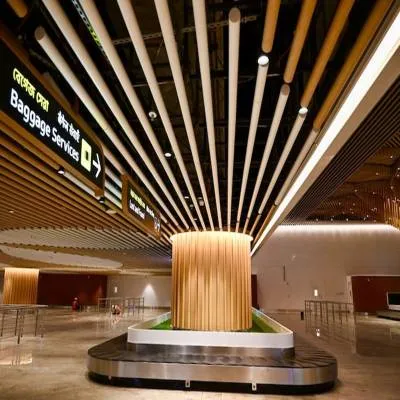Schedule a Call Back
India's Vision: A Thriving Infrastructure Revolution by 2047
2023-08-25

India's journey towards becoming a developed nation by 2047 is punctuated by a sweeping infrastructure revolution, fueled by visionary Prime Minister Narendra Modi. The pursuit involves erecting modern and sustainable infrastructure that rivals developed countries, particularly through state-of-the-art transportation networks encompassing roads, railways, ports, and airports.
In this transformative stride, the Central Government introduces the Gati Shakti program, a comprehensive initiative uniting major mobility infrastructure projects under one umbrella. From Bharatmala's expansive roads and highways to Sagarmala's string of ports, inland waterways, dry/land ports, and regional airports via the Ude Desh ka Aam Nagrik (UDAN) scheme, India gears up for a new era.
The impetus is evident in the extensive network of national highways, spanning 13,800 km with an investment of Rs 2810 billion in 2023-24 alone, a 33 per cent boost from the previous year. Ambitious projects, from a high-altitude railway to a riverbed tunnel, a bullet train connecting Mumbai and Ahmedabad, and the Mumbai Trans Harbour Link Bridge, showcase India's determination.
With a coastline of over 7,500 km, India's maritime strength is bolstered by 12 major ports and 200 non-major ports. The Sagarmala project, designed to slash logistics costs through strategic port placement, aims to surpass its target well before India's centennial.
Focusing on enhancing competitiveness in global manufacturing and trade, India aims to reduce logistics costs from 14 per cent to 10 per cent by embracing advanced mobility technologies. Robust assessment, monitoring, and corrective actions ensure infrastructure aligns with health, safety, environment, sustainability, and governance benchmarks.
While India speeds up its infrastructure drive, it allocates Rs 10 trillion (3.3 per cent of GDP) in Budget 2023-24, supported by loans to state governments for their infrastructure ventures. Nevertheless, challenges like funding long-term projects and maintaining quality remain pertinent.
As India integrates the latest technologies like artificial intelligence, sensors, robotics, and digital tools, the industry's potential for innovation is boundless. The future beckons the sector to lead innovation and carve its mark in the competitive global landscape.


Subscribe Now
Subscribe to our Newsletter & Stay updated
RECENT POSTS
Popular Tags
Folliow us
Related Stories
Ambuja Cements to Merge ACC, Orient Cement into Single Entity
Ambuja Cements, part of the Adani Group, has received board approval for the amalgamation of ACC and Orient Cement with itself, a move aimed at c...











